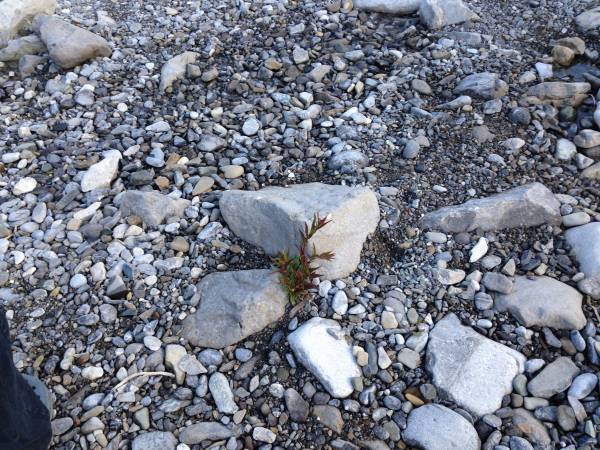Writing good content is not easy. Just getting started can be tough!
The key to good content is what you do once you get words on paper (or computer). Good editing can turn a lackluster disorganized jumble into a shiny jewel of brilliance. At the very least, aim for a passable post that people are more likely to read.
Editing is when you cut the words that don’t work. When I edit my blog posts I cut about half the words before I publish!
How does “less is more” relate to good content?
Fewer words = more readers willing to read your message
Your readers want to read your message. Don’t make them work harder than necessary. Practice making your titles and headlines short, to the point, and descriptive. People who skim will get your message. If you spark their interest, they will read further for more detail.
Shorter sentences = easier to understand
Long sentences are more difficult to understand, especially when a reader is in a hurry. A sentence should have only one idea, or one topic, or one call to action.
Here’s an exaggerated sample of what not to do:
The reason for using short sentences is because they are easier to understand and that will help you to get your message across because when your readers understand what you have to offer to them, they can be more successful in their businesses, and when they work with you, they will appreciate the knowledge or products that you have to offer.
Phew! Try reading THAT out loud! Too many words, too many ideas. I would edit that to read:
Short sentences are easier to understand. Short sentences help your readers understand your services. Clients appreciate your expertise when they understand what you can do for them.
Remember that headings and titles are an excellent method to get your main points across. You can then expand on each point with several short sentences.
Repetitive words = distractions
Cut repetitive words like what, so, and, if, and because. Ever listen to a teenager? Every second word is “like”! If you don’t talk with that teen often, “like” can be a huge distraction. We all have word habits, and that’s ok when we are talking casually. Writing is a different story.
When you are editing your writing, look for extra words. Try deleting each word in a sentence, one at a time, to see if it changes the meaning. I have a habit of starting a sentence with the word “so”. I also have a habit of writing “I think”. When I edit, I do a search for those things and delete almost all of them. My writing is immediately better.
Filler words obscure your message. It’s ok to have more sentences, and it’s ok to vary your sentence length. A few longer sentences will give balance and prevent your piece from feeling choppy. Word count is not the goal of effective content (unless you have restricted space).
More white space = more relaxed reader
White space is your friend. It gives the eyes a rest. Leave a space between paragraphs. Split up paragraphs if they are more than a few lines. Readers will be more likely to read on if they don’t have to work too hard.
Anyone who says writing is easy
Bonnie Taylor Wachowiczprobablyhasn’t done enough editing.
It IS easy to put a lot of words on a page. It’s not so easy to choose which ones to publish.
Writing good content is important because your message is important. These tips will help you stay on point and connect more easily with your readers.
P.S. I cut “so” out of this post in about 8 places. What are your favorite extra words?





